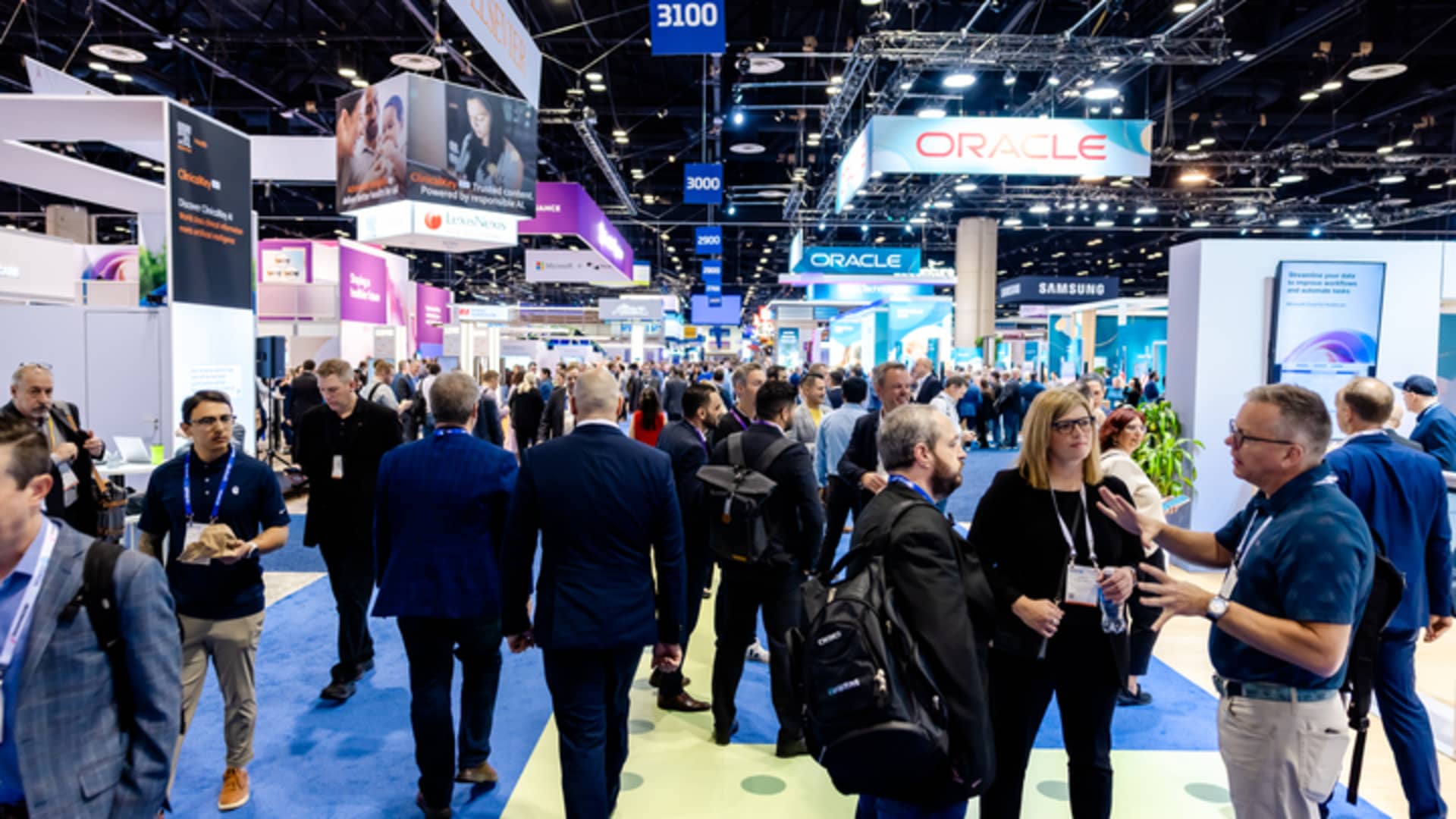Amidst the sunny backdrop of Orlando, Florida, more than 30,000 health and tech professionals converged at the HIMSS conference to explore the latest advancements in health care technology. One innovation that stole the spotlight was ambient clinical documentation, a tool that allows doctors to record their conversations with patients and have them automatically transformed into clinical notes using artificial intelligence.
Companies like Microsoft’s Nuance Communications, Abridge, and Suki showcased their solutions at the conference, emphasizing the potential to reduce doctors’ administrative workloads and enhance their interactions with patients. Dr. Shiv Rao, founder and CEO of Abridge, highlighted how this technology allows him to focus on the person in front of him, rather than getting bogged down by paperwork after each visit.
The issue of administrative burden is a prevalent one in the health care industry, with surveys showing that more than 90% of physicians experience burnout due to the excessive paperwork they are required to complete. Ambient clinical documentation solutions are seen as a way to alleviate this burden and allow doctors to spend more time on patient care.
At the conference, Microsoft’s Nuance announced the general availability of its DAX Copilot tool, which has already been adopted by over 200 organizations. The impact of this technology was evident in the stories shared by attendees, with one physician even reconsidering retirement after experiencing the benefits of ambient clinical documentation.
Stanford Health Care also announced its deployment of DAX Copilot across its entire enterprise, with physicians praising the ease of use and time-saving capabilities of the tool. While the technology is still in its early stages, the potential for personalized and specialty-specific applications is already being explored.
Integrating ambient clinical documentation tools directly into electronic health record systems, like Epic, is seen as a key step in further streamlining the documentation process for doctors. The rapid adoption of these technologies signals a shift in the health care industry towards prioritizing efficiency and reducing administrative burdens on clinicians.
Overall, the atmosphere at HIMSS was electric, with companies like Abridge and Suki experiencing unprecedented growth and interest in their solutions. The future of ambient clinical documentation looks promising, with the potential to revolutionize the way doctors interact with patients and streamline the documentation process.

